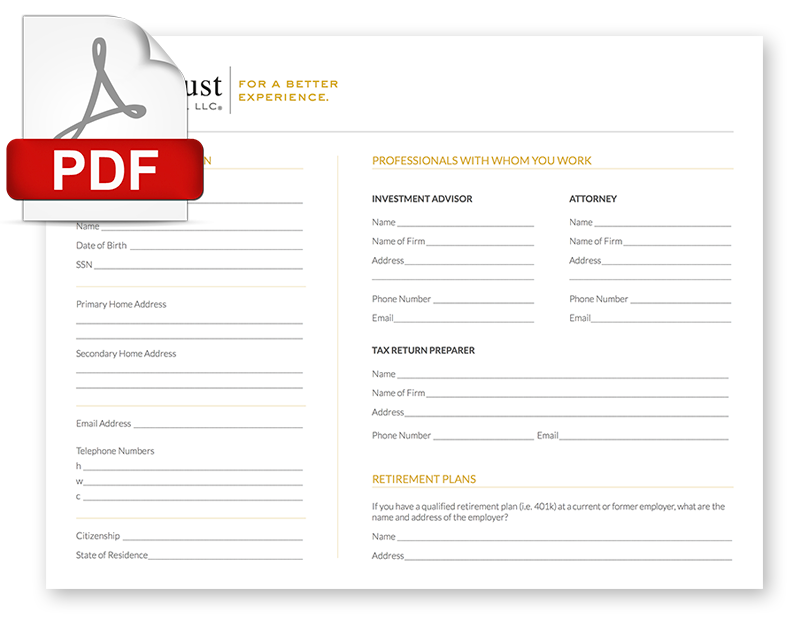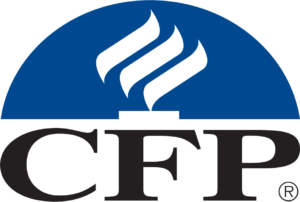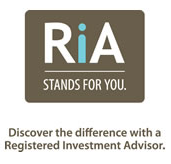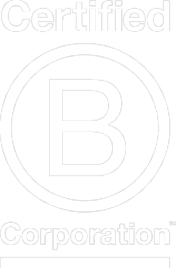A Whole Lot Modern: Three Investment Pillars to Embrace Now

Investing with Purpose
Today’s investors increasingly seek more than just returns; they want their investments to reflect their values and contribute to a better world. This blog, A Whole Lot Modern: Three Investment Pillars to Embrace Now, explores how modern portfolios can align with what matters most to you. From ESG analysis that supports responsible business practices to IMPACT investing that drives intentional change—and the third pillar that combines both—this blog shares insights into how your investment decisions can serve your financial goals and your values.
Pillar 1: ESG Investing – Doing Less Harm, Investing More Wisely
Our first pillar, ESG investing, focuses on incorporating Environmental, Social, and Governance factors into investment decisions. ESG investing may not always seek to create change—but it’s designed to help investors avoid companies that present ethical, environmental, or operational risks.
In short: ESG is about doing less harm.
A Modern Evolution of Socially Responsible Investing
Historically, this concept was called socially responsible investing (SRI). Investors would screen out companies tied to tobacco, firearms, fossil fuels, or other objectionable industries.
Today, ESG investing builds on this idea with greater nuance. It operates on a continuum—not every investment will be perfect, but ESG helps identify companies that are taking meaningful steps to reduce harm and manage risk.
ESG as a Strategy, Not Just a Statement
ESG isn’t just about ethics—it’s a strategic cornerstone of smart investing.
Many major investment firms now view ESG as essential to long-term success. Take Capital Group, for example, which states:
“We believe ESG is key to successful investing. So we consider environmental, social and governance issues before we invest.”
Their approach includes in-depth research, continuous monitoring, and engagement with companies to encourage better practices. This strategy aims to reduce risk and enhance performance over time.
Pillar 2: Investing with Impact – Aligning Money with Meaning
Investors today are showing growing interest in aligning their personal values with their financial goals. They seek portfolios that not only help grow and preserve wealth—but also reflect what matters to them. Our second pillar, Impact investing, does exactly that.
Impact investments are designed to create measurable positive outcomes in areas such as environmental sustainability, social equity, and economic development. These investments often feature an advocacy component, where fund managers actively engage with companies to drive progress aligned with investors’ values.
What Does This Look Like in Practice?
For instance, a mutual fund manager may identify a promising company for investment. However, if that company’s board lacks gender or ethnic diversity, the fund manager might advocate for more inclusive leadership—and delay investment until changes are made.
Likewise, an environmentally conscious investor might select a mutual fund that supports the construction of solar farms, directly contributing to the transition to clean energy.
Real-World Inspiration
A standout example is the Sustainable Business Network of Greater Philadelphia, which champions a triple bottom line approach: People + Planet + Profit = Good Business.
This local organization offers a retirement plan built primarily on impact investment options, giving participants the chance to align their long-term savings with their values.
Pillar 3: Combining ESG and Impact – Understanding the Distinctions
Now that we’ve explored both ESG and Impact investing on their own, the third pillar brings the two together: Investments with both ESG and Impact awareness.
Although these two approaches may seem similar at first glance, it’s important to understand their distinct purposes—and how they can complement one another.
Intentionality Is the Key Distinction
- ESG investing evaluates companies on how responsibly they operate. It doesn’t typically pursue a specific social outcome, but it does aim to avoid harm, manage long-term risk, and support companies with sound environmental, social, and governance practices.
- Impact investing, in contrast, is driven by intentional change. Investors specifically seek to support areas like gender and racial equity, environmental conservation, or affordable housing. Fund managers not only invest in these areas, but they often advocate for progress, using shareholder influence to push for real outcomes.
Do well and do good – and you can do both at the same time.
Labels Can Be Misleading
It’s important not to judge a fund by its name alone.
For instance, a mutual fund labeled “Sustainability Fund” might sound ideal for someone focused on protecting the environment. But upon review, the fund might include holdings in large fossil fuel companies—companies the investor would rather avoid.
This highlights the need for thorough research and guidance, whether you’re choosing an ESG-based strategy, seeking high-impact investments, or combining both. At Entrust Financial, we are proud to partner with Ethos ESG¹ to augment the rigorous research our team does on behalf of our impact-minded investors.
The Bottom Line
Each of the three pillars offers a path to align your financial goals with your personal values:
- ESG investing promotes responsible business practices and reduces risk.
- Impact investing actively creates positive change in the world.
- Combining both offers a powerful approach for investors who want to grow their wealth and reflect their values in every decision.
We’d love to hear your thoughts and start a conversation about how your investments can reflect what matters most to you.
Contact us anytime at contactus@entrustfinancial.com
Disclosure:This blog is intended for informational purposes only and should not be considered tax, financial or legal advice. Laws and regulations are subject to change, and individual circumstances vary. Always consult a qualified tax, financial, or legal professional to ensure your specific needs are met. 4/8/2025
¹Entrust Financial utilizes the Ethos ESG system (“Ethos”) for ESG and IMPACT portfolio analysis, which relies on mutual fund holdings collected by Ethos from SEC filings where available, ETF holdings collected from fund websites, and holdings data from other sources (such as fund annual reports) where otherwise not available. As a result, report information is only as accurate and timely as the available holdings data. For the purposes of portfolio comparison, a “comparable traditional portfolio” is defined as a hypothetical portfolio comprised of the MSCI ACWI Index and the Bloomberg Aggregate Bond Index. Hypothetical portfolios are used for illustrative purposes only and do not attempt to predict actual results of any particular investment. It is not possible to invest directly in an index.

Written by:
Joslyn G. Ewart, CFP®

Written by:
Jennifer Bravo, CFP® CSRIC™





